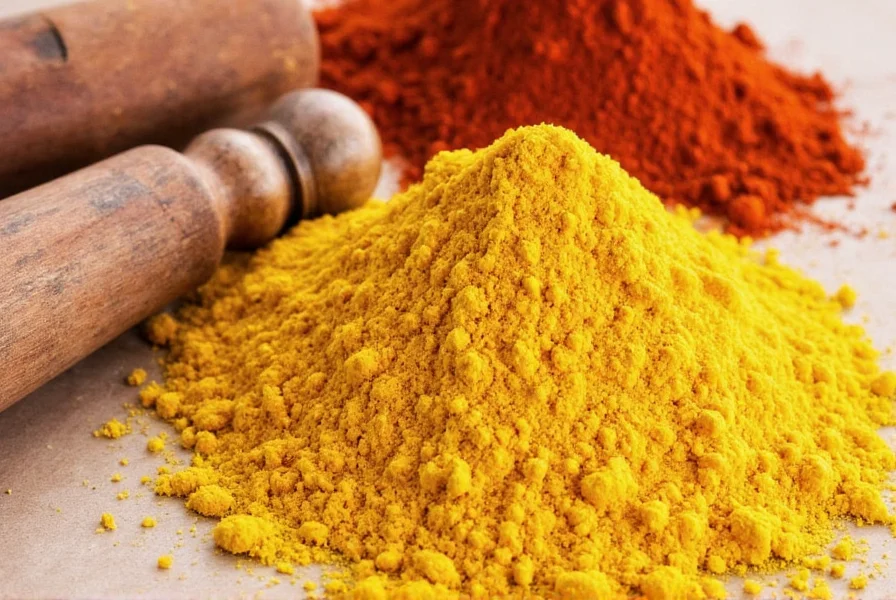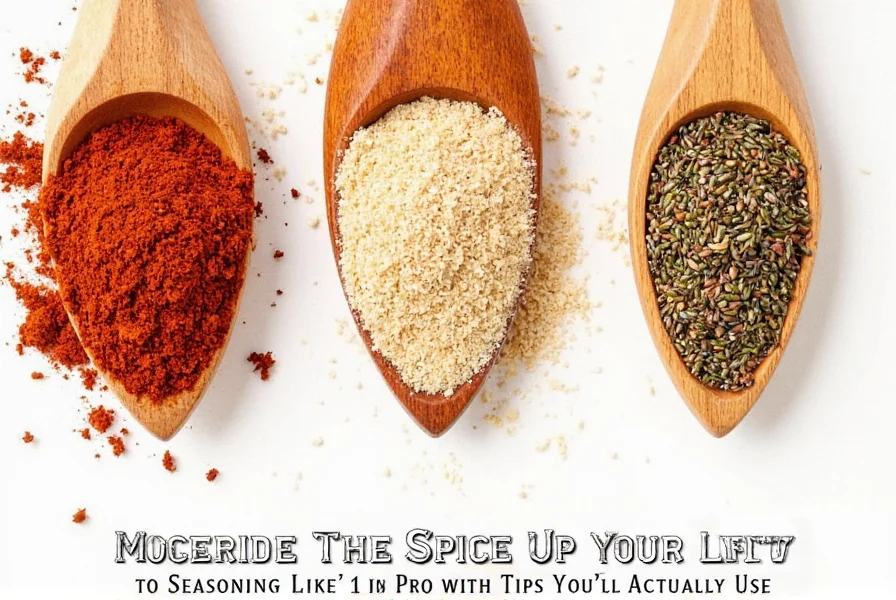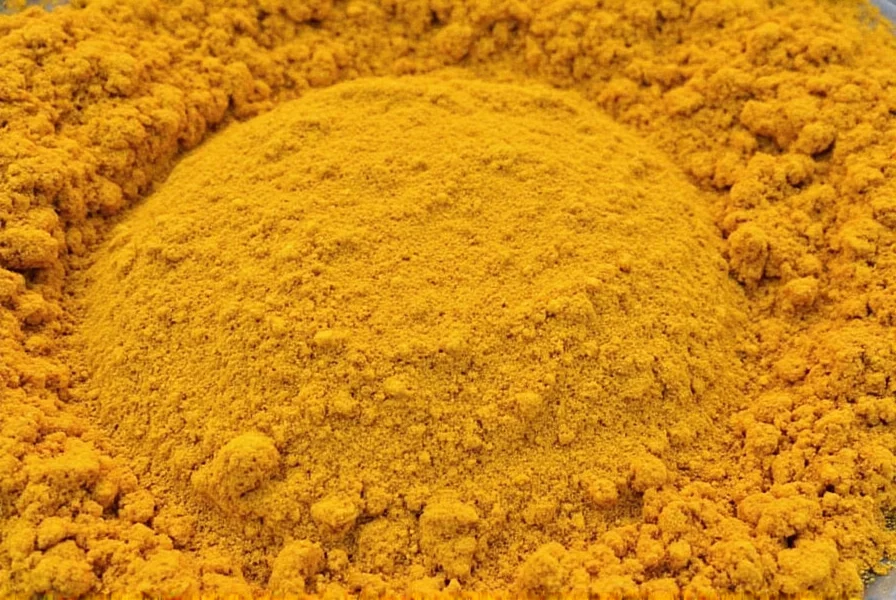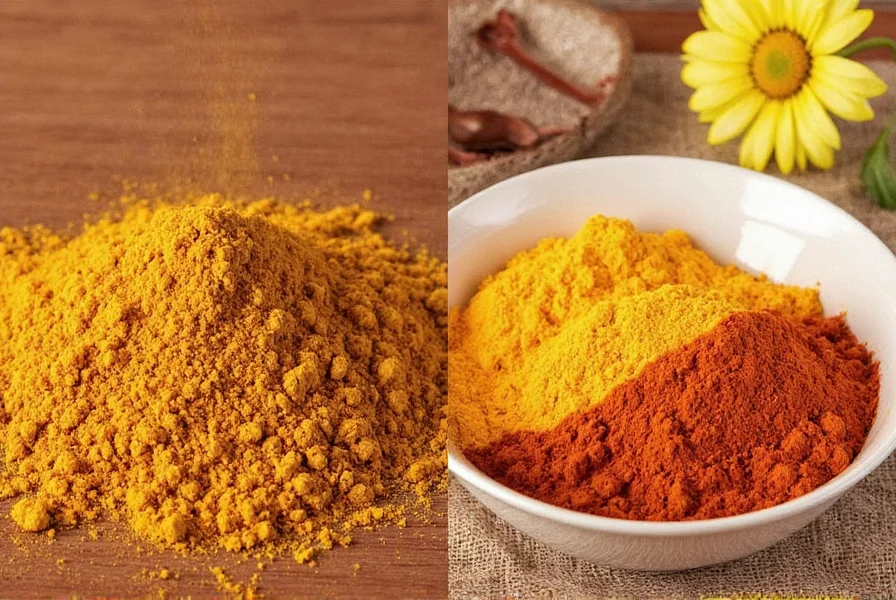Table of Contents
Introduction
If you're searching for a reliable homemade curry powder recipe, this guide provides exact measurements and step-by-step instructions to create authentic, customizable spice blends. Unlike store-bought versions with inconsistent quality and hidden additives, this method ensures perfect flavor control every time.

Why Make Your Own Curry Powder?
Store-bought curry powders often contain fillers, preservatives, and inconsistent spice ratios. Homemade versions let you control every element for superior flavor and health benefits. Here's why this matters:
- Precise Measurements: Exact spice ratios for consistent results
- No Additives: 100% pure spices with no hidden ingredients
- Customizable Heat: Adjust cayenne levels to your exact preference
- Cost Savings: Up to 60% cheaper than premium store brands

Essential Ingredients for Homemade Curry Powder
| Spice | Amount | Description |
|---|---|---|
| Cumin seeds | 2 tablespoons | Earthy and nutty base flavor |
| Coriander seeds | 2 tablespoons | Citrusy brightness and complexity |
| Turmeric powder | 1 tablespoon | Signature yellow color and mild earthiness |
| Mustard seeds | 1 tablespoon | Subtle sharpness when toasted |
| Garam masala | 1 tablespoon | Warm depth and complexity |
| Cayenne pepper | 1 teaspoon | Heat level (adjustable from 1/4 to 1 tsp) |
| Black pepper | 1 teaspoon | Enhances overall flavor profile |
These measurements create a balanced base recipe. For regional variations: add 1/2 tsp fenugreek for Indian-style, or 1 tsp ginger powder for Thai curry powder.

Step-by-Step Guide to Making Curry Powder
Follow these precise steps for perfect results every time:
- Toast Whole Spices: In a dry skillet over medium heat, toast 2 tbsp cumin seeds, 2 tbsp coriander seeds, and 1 tbsp mustard seeds for 2-3 minutes until fragrant. Stir constantly to prevent burning.
- Cool and Grind: Transfer toasted spices to a cooling tray for 5 minutes. Grind to fine powder using a spice grinder (or mortar and pestle).
- Mix Base Spices: Combine ground spices with 1 tbsp turmeric, 1 tsp black pepper, and 1 tbsp garam masala in a bowl. Stir thoroughly.
- Adjust Heat: Add 1 tsp cayenne pepper for medium heat (use 1/4 tsp for mild, 1.5 tsp for hot). Mix completely.
- Store Properly: Transfer to an airtight glass jar. Store in a cool, dark place for up to 6 months. Label with date and spice blend name.
Pro Tip: Always measure spices by volume using standard measuring spoons for consistent results. Never skip toasting whole spices - this step unlocks their full flavor potential.
Pro Tips for Perfect Curry Powder
- Spice Freshness Test: Rub a pinch between fingers - if aroma is weak, replace with fresh spices
- Batch Size: Make 1/2 cup batches for optimal freshness (store unused portions in freezer)
- Regional Variations: Add 1 tsp cardamom for Indian-style, 1 tsp cinnamon for Caribbean blend
- Grinding Technique: Grind in small batches for even consistency. Pulse grinder in 5-second intervals
- Storage Hack: Add a food-safe silica packet to jars to absorb moisture and extend shelf life
Frequently Asked Questions
What are the exact measurements for each spice in the recipe?
The standard recipe uses: 2 tbsp cumin seeds, 2 tbsp coriander seeds, 1 tbsp turmeric powder, 1 tbsp mustard seeds, 1 tbsp garam masala, 1 tsp cayenne pepper, and 1 tsp black pepper. These precise measurements create a balanced base that can be adjusted for heat preference.
Can I substitute any spices in the curry powder blend?
Yes! For cumin, try 1 tbsp fennel seeds. For coriander, use 1 tsp caraway seeds. If missing mustard seeds, add 1/2 tsp ground mustard. The key is maintaining similar flavor profiles while adjusting to your taste.
How can I adjust the heat level of my curry powder?
Start with 1/4 tsp cayenne for mild, 1 tsp for medium, or up to 1.5 tsp for hot. For extreme heat, replace cayenne with 1/4 tsp ghost pepper powder. Always add heat gradually and taste before finalizing.
Do I need to toast all the spices before grinding?
Yes! Whole spices (cumin, coriander, mustard) must be toasted to release essential oils. Pre-ground spices like turmeric and black pepper should NOT be toasted as they burn easily. Toasting whole spices is critical for maximum flavor.
Can I make curry powder without turmeric?
Yes, but it will lack the signature yellow color. Replace turmeric with 1/2 tsp saffron for color or omit entirely for a "white curry" blend. Note that turmeric provides essential earthy notes - omitting it changes the flavor profile significantly.
What dishes work best with homemade curry powder?
Use in traditional curries, but also try it in roasted vegetables (2 tsp per lb), marinades (1 tbsp per cup of yogurt), soups (1 tsp per quart), or as a dry rub for chicken (1 tbsp per lb). It's versatile enough for everything from lentils to popcorn seasoning.
Can I use a coffee grinder for making spice blends?
Yes, but use a dedicated spice grinder (not for coffee). Clean thoroughly between uses with uncooked rice to remove residue. For best results, grind in small batches (1/4 cup at a time) to avoid overheating the motor.
How do I know if my spices are still fresh?
Check for vibrant color and strong aroma. Rub a pinch between fingers - if scent is weak or musty, replace. Whole spices last 2-3 years, ground spices 6-12 months. For best results, make small batches every 3 months.
Buying Guide for Spice Tools and Ingredients
For consistent results, use these recommended tools and ingredients:
Essential Tools
- Spice Grinder: Choose a dedicated electric grinder with stainless steel blades (e.g., Cuisinart SG-10) for even grinding without overheating
- Measuring Tools: Stainless steel measuring spoons (1/4 tsp to 1 tbsp) for precise spice measurements
- Airtight Jars: Glass mason jars with rubber gaskets (4-8 oz size) to maintain freshness for 6+ months
Recommended Ingredients
- Whole Cumin Seeds: Look for fresh, golden-brown seeds with strong aroma (avoid pre-ground cumin)
- Coriander Seeds: Choose plump, light brown seeds with citrusy scent
- Turmeric Powder: Use organic, bright yellow powder with no clumping
- Garam Masala: Select a brand with visible cardamom and cinnamon pieces for authentic flavor
Who It's For
This recipe is ideal for home cooks seeking precise measurements and authentic flavor control. Perfect for those avoiding artificial additives in store-bought blends, and for anyone wanting to customize heat levels for specific dishes.

Conclusion
Making homemade curry powder with exact measurements ensures superior flavor, health benefits, and cost savings compared to store-bought options. By following this precise recipe and storage guidelines, you'll create versatile spice blends that elevate any dish. Start with the standard measurements, then experiment with regional variations to discover your perfect blend.










 浙公网安备
33010002000092号
浙公网安备
33010002000092号 浙B2-20120091-4
浙B2-20120091-4